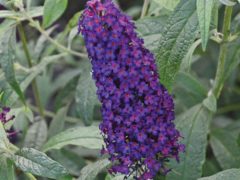
‘Buzz Midnight’ dwarf butterfly bush
Buddleia davidii Buzz™ ‘Buzz Midnight’
Dark purple, fragrant flowers are produced in dense spikes held at the ends of the … Continued
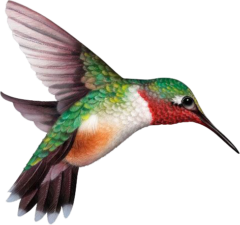 Hummingbirds, bees and butterflies are well-known pollinators, but there are thousands of unsung pollinator heroes, including moths, wasps, flies, and beetles, many mammals, birds, and reptiles, who also take on the job.
Hummingbirds, bees and butterflies are well-known pollinators, but there are thousands of unsung pollinator heroes, including moths, wasps, flies, and beetles, many mammals, birds, and reptiles, who also take on the job.
Pollinators move from plant to plant, fueling up with pollen and nectar from blooming trees, shrubs, perennials, annuals, vegetable plants, and herbs. As they move, the pollinators transport and deposit pollen, fertilizing plants and allowing them to reproduce.
Pollinator plants can be native and non-native, but not all flowering plants are equal when it comes to providing the highest quality protein-rich pollen. Many hybrids don’t even produce pollen at all. The following list includes pollen-rich plants to include in your garden to provide pollinators with food.
Local butterfly expert Lenora Larson has created these informational handouts. You can download them here!
• Butterflies: Flying Flowers in your Garden!
• A Vital Connection: Native Plants and Butterflies
• Long Lips Farm Caterpillar Foodplants
• Butterfly Bartending: Nectar Flowers
• Long Lips Farm: Selected Butterfly Nectar Flowers
• Bee Friendly: Plants for Bees and Other Pollinators
Since 1970 the population of North American birds has dropped nearly 30% — almost three billion birds have vanished from our forests, grasslands, and backyards in less than a human lifetime. It’s a chilling fact that makes it clear that we must act as individuals to help ensure their survival.
Most importantly, ninety-six percent of all terrestrial bird species rear their young on insects so it is also important to grow plants that feed insects to provide a well-rounded habitat in your garden.
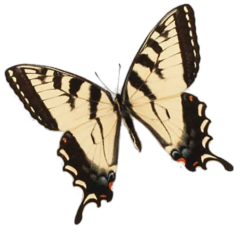

Buddleia davidii Buzz™ ‘Buzz Midnight’
Dark purple, fragrant flowers are produced in dense spikes held at the ends of the … Continued
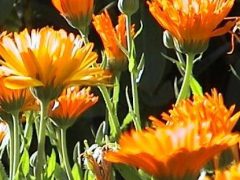
Calendula officinalis
Each petal is a soft peach edged in dark russet for a two-toned look. Also … Continued
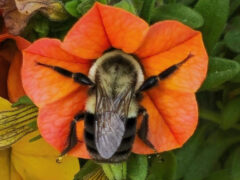
Calibrachoa x hybrida
Grow them in pots, hanging baskets and window boxes. These annuals are known for their … Continued
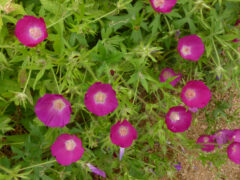
Callirhoe involucrata
Low-growing mounds of cut-leaves are covered with large, purple, cup-shaped flowers all summer. Can self-seed … Continued
Caltha palustris
Commonly called marsh marigold, this hardy perennial is native to marshes, swamps, wet meadows and … Continued
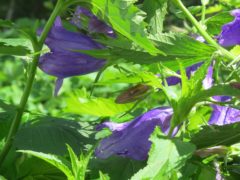
Campanula glomerata ‘Kent Belle’
24″ upright stems are abundantly covered with glossy, purple, 2-in. long bell-shaped flowers. This reblooming … Continued
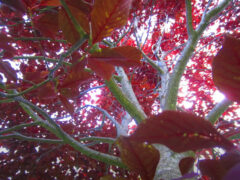
Prunus virginiana
A hardy and colorful native tree is perfect for difficult spots, tolerating heat, cold, wind, … Continued
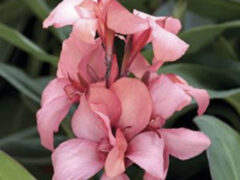
Canna Lily
Red-orange, pink, or yellow blooms over dark purple or deep green foliage makes a dramatic … Continued
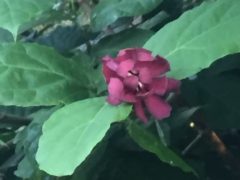
Calycanthus floridus
A dense, rounded deciduous native with a suckering habit with very fragrant, brown to reddish-brown … Continued
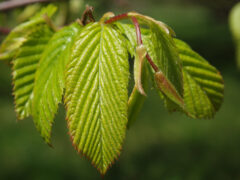
Carpinus caroliniana
Native understory tree for shady landscapes and woodland gardens. New leaves emerge reddish-purple, changing to … Continued
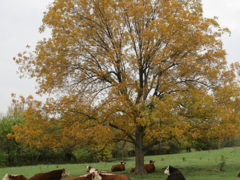
Carya illinoinensis
This massive shade tree is the pecan producer of the industry. Lustrous, dark green foliage … Continued
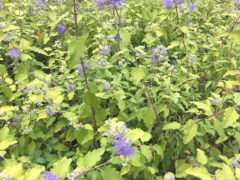
Caryopteris incana
This fragrant late summer bloomer sends up aromatic, whorled, blue-flowering spikes over striking bright chartruese … Continued